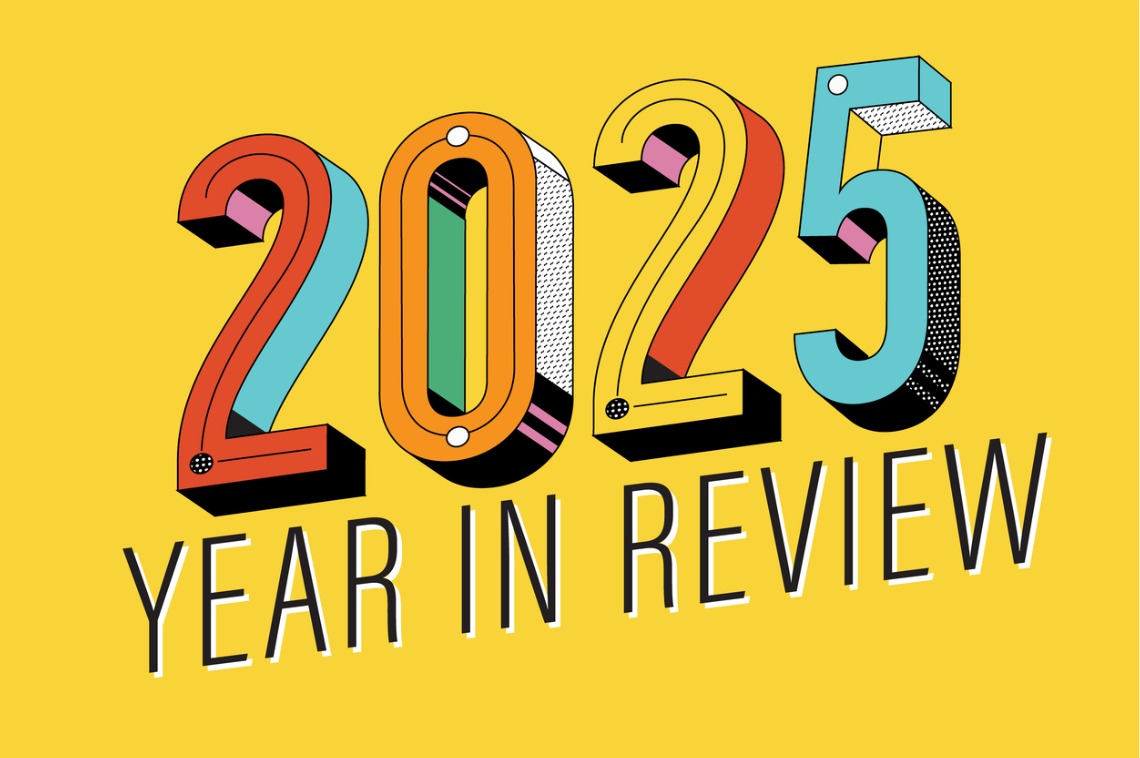E
conomic uncertainty dominates today, with shifting tariff news and looming federal bills. The residential market mirrors that volatility. Attom’s Q1 2025 Special Housing Risk Report shows that while home prices stay high, many regions face potential declines.
The report examined county‑level data on affordability, equity, foreclosures, underwater mortgages (loans exceeding 25 % of property value) and unemployment. It ranked 572 counties with sufficient data, identifying the most at‑risk areas.
Of the top 50 vulnerable counties, 23 were in California (14) or New Jersey (9). Northern California’s Butte, Humboldt and Shasta counties topped the list, their risk amplified by recent wildfires and economic strain. New Jersey’s Atlantic and Cumberland counties followed, located south of the New York City metro area.
Although the analysis isn’t predictive, it offers insight into forces that could shift a market’s trajectory. Foreclosure counts and underwater mortgage ratios reveal overall market health. Since the pandemic, distressed properties have remained low nationwide, yet rising home prices are eroding affordability for average earners.
In 109 of the 572 counties, buyers would need to spend over 50 % of their annual income on initial home‑buying costs (downpayment, mortgage, etc.). Nationally, the average buyer spends just under one‑third of their salary for a median‑priced home, a figure that applies to less than half of the counties studied. Housing costs exceeded the national average in 59.3 % of counties (339/572). The highest burdens in Q1 were Kings County, NY (109.5 % of salary); Maui County, HI (101.5 %); San Luis Obispo County, CA (100.1 %); Orange County, CA (97.8 %); and Marin County, CA (97.5 %).
Conversely, the 50 least‑at‑risk counties were generally more affordable, though only slightly. In those counties, 38 % (19/50) required less than one‑third of annual wages for a median home, compared with 30 % (15/50) in the most at‑risk group. Among the lowest‑cost counties were Madison County, AL (21.4 %); Sullivan County, TN (21.6 %); Morgan County, AL (23.3 %); Midland County, TX (25.6 %); and Durham County, NC (26.4 %).
The least‑at‑risk counties were concentrated in the South: 27 of 50 were southern states, 12 in the Midwest, and seven in the Northeast. Tennessee led with nine counties, followed by Virginia with seven. Some large metros appear in the low‑risk list, such as Fairfax County, VA (Washington, D.C. area); Honolulu County, HI; Hennepin County, MN (Minneapolis); and Wake County, NC (Raleigh).
By evaluating affordability, employment, and distressed‑property metrics, buyers and advisors can gauge local market health and better navigate the inherent risks of residential acquisition amid broader economic uncertainty.
**Author**
Rob Barber, CEO of Attom, a premier provider of land, property data and real‑estate analytics for over 155 million U.S. residential and commercial properties. He leads teams that diversify the business, enhance revenue quality and deliver investor returns. Formerly CEO of Environmental Data Resources, he expanded the company into the nation’s largest commercial real‑estate transaction and business‑intelligence platform. Learn more at attomdata.com.













